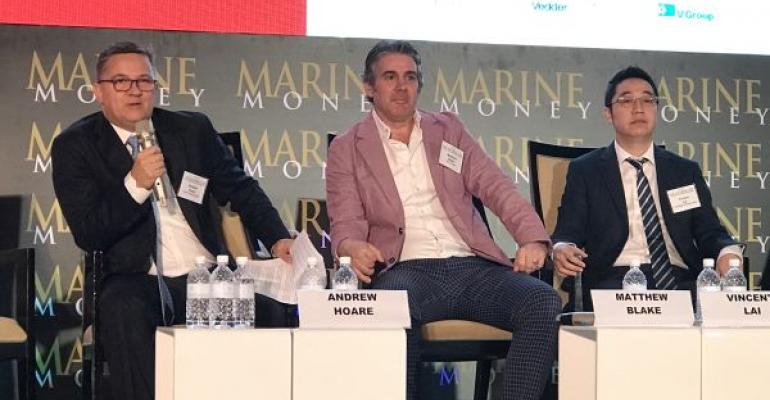“Good times are very, very close for tankers and we are looking forward to the fourth quarter to see where all the activities are coming from,” Matthew Blake, director of business development at Teekay Tankers, told delegates at the Marine Money Asia conference held in Singapore.
“The only problem is that we are not seeing much demolition this year and a lot of newbuilds are coming,” Blake said, adding that net fleet growth would be another 135 new ships this year.
“If scrapping improves next year, the net fleet growth could go down to 30-40 ships. Yes, expectations of a better market in 2020 are there so why would anybody want to scrap their vessels? But at some point this has to happen,” he said.
At the moment, approximately 25% of the world’s VLCCs are more than 15 years old, signalling an aging fleet, according to Vincent Lai, ceo, Landbridge Holdings Limited
Lai added that the tanker fleet capacity is also being absorbed by scrubber retrofitting works ahead of the IMO 2020 global fuel sulphur content cap.
“We have 15 ships now doing scrubber retrofitting at shipyards, and we have been informed by the yards that the retrofitting jobs will be delayed from 30 days to 45-50 days,” Lai said.
Teekay Tankers, however, has not decided on using scrubbers due to the uncertainty of the price spread between the cheaper high sulphur fuel oil (HSFO) and the more costly but compliant low sulphur fuel oil (LSFO).
Read more: Bunker price forward curve questions economics of scrubbers
“We still don’t foresee a price spread that will be wide. It’s probably at $125 now but the spread may narrow further. Some analysts had predicted earlier a spread of $500 but that is never going to happen,” Blake said.
The driving force behind owners’ investment in scrubbers has been the potentially much lower price of HSFO post-2020, making scrubbers economically viable as opposed to needing to purchase the higher priced 0.5% LSFO. The bigger the price spread, the higher in cost savings and shorter payback period for those using scrubbers.
Copyright © 2024. All rights reserved. Seatrade, a trading name of Informa Markets (UK) Limited. Add Seatrade Maritime News to your Google News feed.


